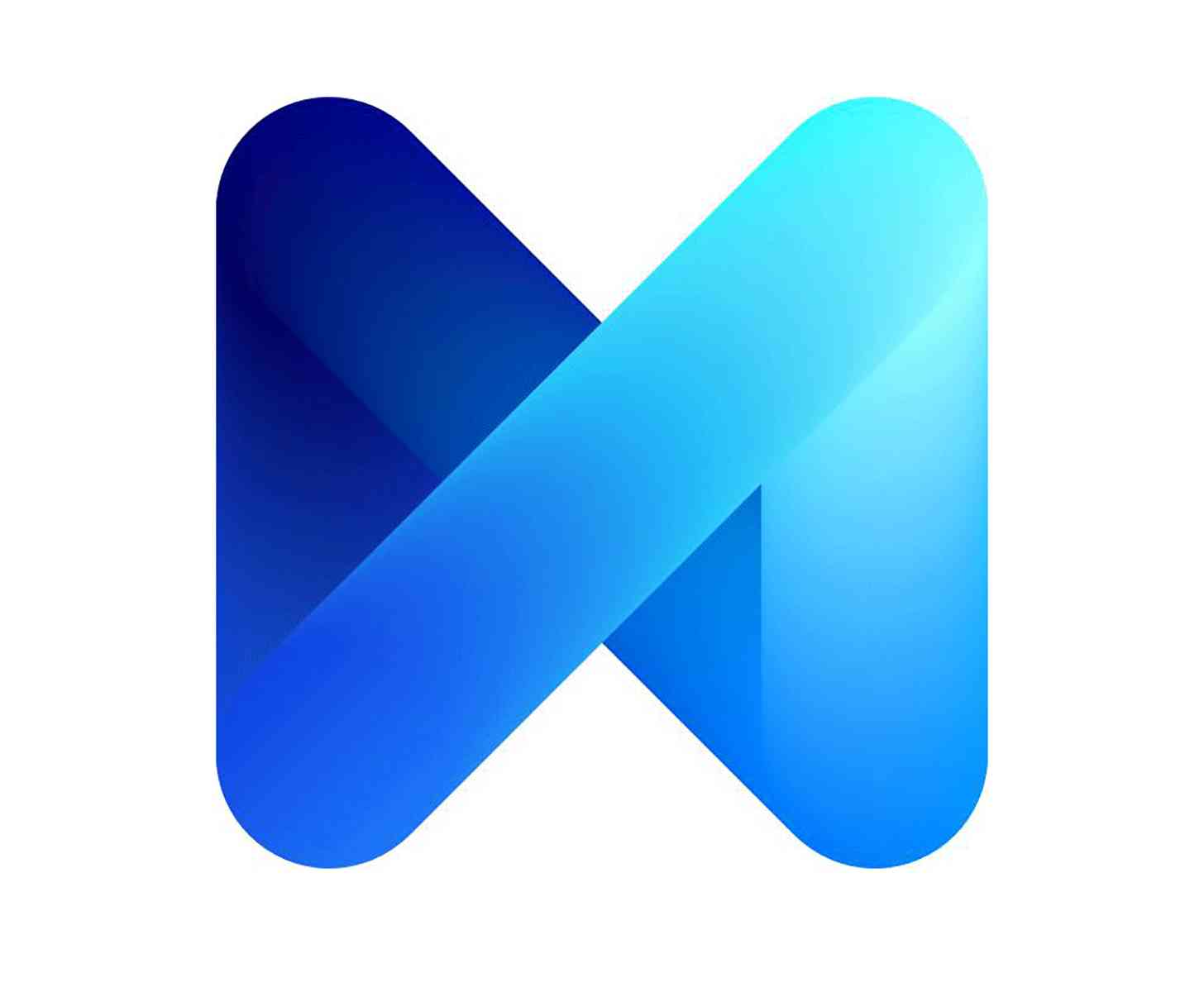
Digital assistants are everywhere in mobile, with Apple, Google, Microsoft, and BlackBerry all offering their own versions on the digital helper. Now Facebook has one, too.
Facebook today introduced M, its own digital assistant. M lives in the Facebook Messenger app and can help users do many of the things that you’d expect a virtual assistant to do, like make dinner reservations or book travel plans. The assistant is powered by both technology and real people, with an artificial intelligence controlling M and Facebook employees working behind the scenes to ensure that requests are answered.
To use M, you fire up the Facebook Messenger app and tap a button at the bottom of the display to send a message to M. The assistant will then decode your natural language, ask you some follow-up questions to get more info about your request, and then send you updates on the progress of your task. M doesn’t collect your Facebook data to make suggestions for you; instead, it relies on information that you’ve shared with it in the past.

Facebook is hoping that the big future of M that’ll have users turn to it instead of Siri or Google Now is that M can actually complete tasks for you. It can buy items on your behalf, wait on hold while you cancel your cable, etc. It can do this with the help of Facebook employees that are doing things like actually waiting on hold with your cable company so that you don’t have to.
M looks like an interesting take on the digital assistant. While most digital assistants can only do things like search the web, tell you the weather, and launch apps, M takes things a step further by performing real world tasks for you. Unlike assistants like Siri and Google Now, though, M isn’t built into any mobile OS, instead requiring you to have the Facebook Messenger app installed. If Messenger is your go-to chat platform, though, that may not be much of a problem. It’ll be interesting to watch M grow and see how well it can continue to complete tasks as it does.
As of this writing, M is only available to “a few hundred” users in the San Francisco Bay Area.